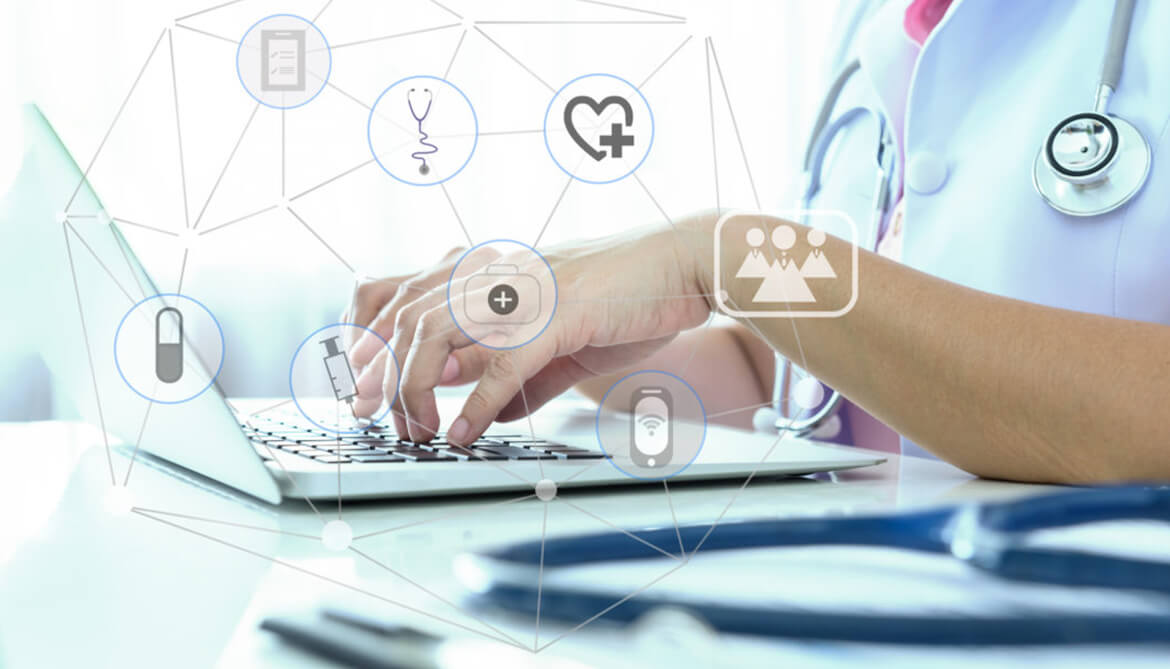Healthcare organizations face all the same challenges as other industries when it comes to the damages incurred from cyber attacks. However, they also face the especially dangerous problem of hackers potentially physically harming patients.
How hackers can hurt patients
The impact of ransomware, data breach and denial of service (DOS) threats on healthcare organizations reaches far beyond the typical pains experienced by businesses that fall prey to such attacks.
We’re accustomed to hearing about the expense of businesses notifying clients of their personal data being compromised; or business transactions and data transmission being halted until hackers are paid ransom.
But, as is always the case with healthcare, people’s lives could be at stake. Cyber incidents in healthcare settings can in fact jeopardize the health and safety of patients … and that is in addition to all the other business risks outlined above.
Healthcare delivery is increasingly dependent on technology and information systems, leaving the healthcare industry more exposed to cyber risk every day. In fact, the healthcare industry has seen an 18 percent increase in breaches since 2015, according to data from the U.S. Department of Health and Human Services Office for Civil Rights.
That being said, any cyber event that disrupts these systems at healthcare organizations, could also impact clinical outcomes:
- – Emergency and operating rooms could be shutdown—as well as medical supply chains—denying patients timely care, medicine or medical supplies.
- – Lab results and patient records could be altered, causing misdiagnoses or triggering accidental incorrect and lethal treatment.
- – Interference with medical devices could harm patients who are reliant on their functionality to function themselves.
The list goes on. However, healthcare organizations that consider cybersecurity a patient safety initiative just as much as an IT initiative will likely have the greatest success at protecting their patient populations from harm. Still, how can a healthcare organization do this amid the plethora of compliance and patient safety initiatives already fighting for attention?
How to align cyber security and patient safety initiatives
Technology, alone, is not the answer. Of course you need to ensure you have all the right technology-focused stop gates in place to prevent a cyber event, like encrypting data, implementing two-factor authentication, and consistently updating software and backing up data—just to name a few.
But the human element involved with preventing a cyber incident cannot be ignored. Educating and engaging employees on cyber risks and their potential impact on patient safety is one of the most important measures a healthcare organization can take to mitigate cyber incidents.
This is a top-down initiative that neither lives solely in IT or at the board of directors’ level. Everyone must be involved and a valued stakeholder—which is really the only way to make an impact, no matter the initiative. But that doesn’t mean it’s easy.
For instance, a major struggle for IT departments is application overload. IT departments spend a tremendous amount of time updating or modifying the innumerable applications upon which their healthcare organizations run in order to get them to even work. And that’s just one piece of the puzzle. With so much on their plates already, how can they truly focus on cybersecurity?
And then, of course, there is the medical staff—the front lines, the people literally charged with saving lives in many instances, and at the very least, treating patients so they can feel comfortable and recover more quickly and completely. They certainly are charged with enough responsibilities and often, too few resources to do their jobs.
As such, medical staff oftentimes ignores any processes that might hinder them from achieving these objectives quickly and conveniently—especially those processes related to cybersecurity if its correlation to patient safety is unclear. Ultimately, your staff must realize following cyber-related processes are as just as critical to patient safety as checking and double checking patient identifiers before administering care. But how do you get them to that point?
How risk management technology can help
Getting everyone engaged takes tremendous communication; training and education; and input from across the organization.
However, even that won’t be enough if you don’t make your healthcare professionals’ overall jobs easier and more efficient—truly enabling them (as opposed to just telling them) to prioritize patient safety, and therefore cybersecurity.
The right risk management technology will allow you to do just this. While the ultimate purpose of risk management technology is to reduce the total cost of risk by offering one source of truth for risk and insurance data, improving patient safety and cybersecurity are certainly byproducts of the technology, too.
That’s because it automates and streamlines so many of the workflow and collaboration tasks put upon medical staff, and even healthcare IT departments, in just a few clicks—allowing them to be more efficient without having to ignore or circumvent important processes that could improve patient safety and cybersecurity.
For example, the right risk management technology can automate and streamline the patient event reporting process, rounding practices and even simplify and speed up root cause analyses so corrective actions can be taken faster.
Read, “How To Take On The Top 10 Patient Safety Issues of 2018”
With regard to IT departments, the right risk management technology can help to reduce the number of digital applications a healthcare organization uses, including Business Intelligence Analytics, Enterprise Risk Management Systems, Internal and Operational Audit Systems, Health and Safety Management Systems, and so much more.
In effect, medical staff spends less time on manual, data entry and chaotic collaboration tactics, while IT spends less time managing through application overload. This leaves both sets of healthcare professionals with more time to focus on the bigger picture, and to really zero in patient safety and cybersecurity.
Just as you put your patients at the center of so many of your organizational initiatives, be sure to put your people at the center of your cybersecurity initiatives in order to more effectively preserve patient privacy and protect patients’ lives.





